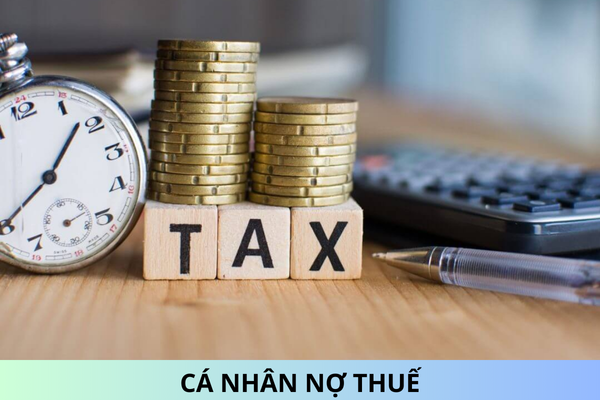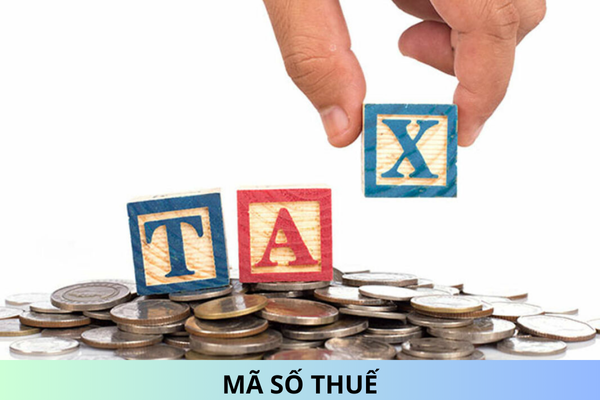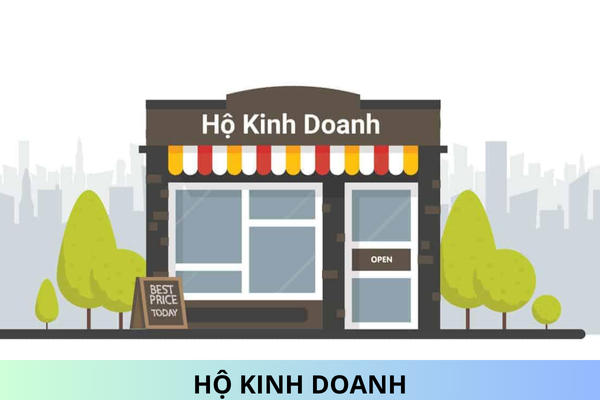What is the time limit for receiving and processing duty-free list registration applications, amendments to duty-free lists in Vietnam?
What is the time limit for receiving and processing duty-free list registration applications, amendments to duty-free lists in Vietnam? What are regulations on handling of duty amounts after the issuance of a decision on duty reduction or a notice of ineligibility for duty reduction where taxpayers submit duty reduction applications at the time of customs clearance in Vietnam? What are regulations on handling of duty amounts after the issuance of a decision on duty reduction or a notice of ineligibility for duty reduction where taxpayers submit duty reduction applications after the time of customs clearance in Vietnam?
Thank you!
What is the time limit for receiving and processing duty-free list registration applications, amendments to duty-free lists in Vietnam?
Pursuant to Article 6 Section 1 Chapter I of the Procedures for duty exemption, duty reduction, duty refund, duty cancellation, handling of overpaid duties, late payment interests, and fines for exported and imported goods issued together with the Decision 3394/QĐ-TCHQ in 2021 stipulating the time limit for receiving and processing duty-free list registration applications, amendments to duty-free lists in Vietnam as follows:
1. Time limit for receiving and processing duty-free list registration application
Within 03 working days from the date of receipt of the application, the customs authority shall notify the project owner the following:
a) The duty-free list has been received;
b) Request for supplementation or explanation of the duty-free list registration application;
c) Ineligibility for duty exemption.
2. The time limit for receiving and processing applications of amendment to the duty-free list shall comply with the regulations on the time-limit for receipt and processing of the duty-free list registration application specified in Clause 1 of this Article.
What are regulations on handling of duty amounts after the issuance of a decision on duty reduction or a notice of ineligibility for duty reduction where taxpayers submit duty reduction applications at the time of customs clearance in Vietnam?
Pursuant to Clause 1 Article 13 Section 1 Chapter I of the Procedures for duty exemption, duty reduction, duty refund, duty cancellation, handling of overpaid duties, late payment interests, and fines for exported and imported goods issued together with the Decision 3394/QĐ-TCHQ in 2021 stipulating regulations on handling of duty amounts after the issuance of a decision on duty reduction or a notice of ineligibility for duty reduction where taxpayers submit duty reduction applications at the time of customs clearance in Vietnam as follows:
1. Where taxpayers submit duty reduction applications at the time of customs clearance.
a) The processing officer shall transfer the decision on duty reduction to the relevant specialized division to update the decision on duty reduction into the centralized tax accounting system.
b) If the taxpayer declares an electronic customs declaration, the customs authority shall guide the taxpayer to make additional declaration of the duty-reduced amount in the entry 1.93 “the import duty-reduced amount” on the customs declaration according to Appendix II of Circular No. 38/2015/TT-BTC as amended and supplemented in Appendix I of Circular No. 39/2018/TT-BTC.
c) In case the taxpayer submits a paper customs declaration, in addition to updating duty reduction information into the centralized tax accounting system, the processing officer shall specify the duty-reduced amount according to Decision No. /date, affix the officer’s stamp on the customs declaration submitted by the taxpayer, take 01 copy for the duty reduction application for keeping, and return the original customs declaration to the taxpayer.
d) If the taxpayer has already paid the duty, the customs authority shall refund the paid duty at the request of the taxpayer as prescribed in Clause 2 of this Article.
What are regulations on handling of duty amounts after the issuance of a decision on duty reduction or a notice of ineligibility for duty reduction where taxpayers submit duty reduction applications after the time of customs clearance in Vietnam?
Pursuant to Clause 2 Article 13 Section 1 Chapter I of the Procedures for duty exemption, duty reduction, duty refund, duty cancellation, handling of overpaid duties, late payment interests, and fines for exported and imported goods issued together with the Decision 3394/QĐ-TCHQ in 2021 stipulating regulations on handling of duty amounts after the issuance of a decision on duty reduction or a notice of ineligibility for duty reduction where taxpayers submit duty reduction applications after the time of customs clearance in Vietnam as follows:
2. Where taxpayers submit duty reduction applications after the time of customs clearance.
In case the taxpayer has paid duty on the quantity of damaged goods, the Sub-department of Customs shall refund the paid duty at the request of the taxpayer as follows:
a) Refund the duty-reduced amount for the duty amount already paid into the deposit account of the customs authority (not yet remitted to the state budget), with the procedures as follows:
a.1) Where the taxpayer incurs no debt of taxes, late payment interest, fines and other payable amounts, including outstanding fees and charges (except for fees and charges incurred on declarations declared in the month until the 10th of the following month, the guaranteed duty amounts, which are gradually paid and other undue taxes and revenues of the state budget):
a.1.1) In case the taxpayer requests a refund, the customs authority shall, based on the refund decision, make a payment order and send it to the State Treasury to refund the taxpayer;
a.1.2) In case the taxpayer requests to offset the refunded duty amount against the payable duty amount of the following declarations: When the taxpayer makes a written request for tax-offset, the customs authority shall, based on the refund decision and written request of the taxpayer, do as follows:
Prepare a written request for adjustment of state budget revenue according to form C1-07a/NS of Circular No. 77/2017/TT-BTC dated July 28, 2017 of the Minister of Finance on guidelines for the state budget accounting regime and professional activities of the state treasury; amended by Circular No. 19/2020/TT-BTC dated March 31, 2020 of the Minister of Finance on amendments to the Circular No. 77/2017/TT-BTC dated July 28, 2017 of the Minister of Finance on guidelines for the state budget accounting regime and professional activities of the state treasury; in order to adjust the refunded duty amount to the payable duty amount if they have the same code of the collection agency and the treasury account code, accounting according to regulations.
Make a payment order and send it to the State Treasury for tax-offset if the payable duty amount and the refunded duty amount have different code of the collection agency code or the treasury account.
After offsetting the duty, if there is any excess, the provisions of Item a.1.1, Point a of this Clause shall apply.
a.2) Where the taxpayer incurs debt of taxes, late payment interest, fines and other payable amounts, including outstanding fees and charges (except for fees and charges incurred on declarations declared in the month until the 10th of the following month, the guaranteed duty amounts, which are gradually paid and other undue taxes and revenues of the state budget) payable to the state budget:
a.2.1) Where the taxpayer requests tax-offset, the customs authority shall comply with Item a.1.2. point a of this clause.
a.2.2) In case the taxpayer does not request tax-offset but the customs authority finds that the taxpayer is still obliged to pay taxes, late payment interest, fines and other payables, including money arrears and fees: The customs authority shall make tax-offset according to Point a.1.2, Point a of this Clause and notify the taxpayer that the refunded amount has been offset against payable amounts according to Form No. 28/TBBT/TXNK Annex 28/TBBT/TXNK Appendix VI issued together with Circular 38/2015/TT-BTC as amended and supplemented in Appendix III issued together with Circular No. 39/2018/TT-BTC.
After offsetting, if there is excess money, it shall be refunded to the taxpayer according to Item a.1.1, Point a of this Clause.
b) Refund the duty-reduced amount from the state budget (including amounts already paid to the state budget, tax paid to the deposit account that has been transferred to the state budget) with the following procedures:
b.1) Where the taxpayer incurs no debt of taxes, late payment interest, fines and other payable amounts, including outstanding fees and charges (except for fees and charges incurred on declarations declared in the month until the 10th of the following month, the guaranteed duty amounts, which are gradually paid and other undue taxes and revenues of the state budget):
b.1.1) In case the taxpayer requests a refund, the customs authority shall, based on the refund decision, issue a refund order made according to form C1-04/NS specified in Circular No. 77/2017/TT-BTC dated July 28, 2017 as amended and supplemented in Circular No. 19/2020/TT-BTC dated March 31, 2020 of the Minister of Finance on guidelines for the state budget accounting regime and professional activities of the State Treasury, and send it to the State Treasury to refund the taxpayer;
b.1.2) In case the taxpayer requests to offset the refunded duty amount against the payable duty amount of subsequent declarations, the customs authority shall, based on the refund decision and written request of the taxpayer, do as follows:
Prepare a document for adjustment of state budget revenues according to form C1-07a/NS specified in Circular No. 19/2020/TT-BTC on amendments to Circular No. 77/2017/TT-BTC to adjust the refunded duty amount to the payable duty amount if they have the same collection agency code and treasury account code, the same subsection for accounting according to regulations.
Prepare a refund-cum-offset order according to Form No. C1-05/NS specified in Circular No. 77/2017/TT-BTC, as amended in Circular No. 19/2020/TT-BTC to make tax-offset if the payable duty amount and the refunded duty amount have different the collection agency code or the treasury account code.
After offsetting the duty, if there is any excess, the provisions of Item b.1.1, Point b of this Clause shall apply.
b.2) Where the taxpayer incurs debt of taxes, late payment interest, fines and other payable amounts, including outstanding fees and charges (except for fees and charges incurred on declarations declared in the month until the 10th of the following month, the guaranteed duty amounts, which are gradually paid and other undue taxes and revenues of the state budget) payable to the state budget:
b.2.1) Where the taxpayer requests tax-offset, the customs authority shall comply with Item b.1.2. point b of this clause.
b.2.2) In case the taxpayer does not request tax-offset but the customs authority finds that the taxpayer is still obliged to pay taxes, late payment interest, fines and other payables, including money arrears and fees: The customs authority shall make tax-offset according to Point b.1.2, Point b of this Clause and notify the taxpayer according to Form No. 28/TBBT/TXNK Annex 28/TBBT/TXNK Appendix VI issued together with Circular 38/2015/TT-BTC as amended and supplemented in Appendix III issued together with Circular No. 39/2018/TT-BTC.
After offsetting the duty, if there is any excess, the provisions of Item b.1.1, Point b of this Clause shall apply.
c) Settling and updating information
c.1) The processing officer shall update duty refund information into the centralized tax accounting system.
c.2) In case of using a paper declaration, the officer shall write on the taxpayer's declaration "Duty refunded... VND, according to Decision No. ... dated… of ... with the officer’s signature and stamp on the declaration; take 01 copy of the declaration to save in the duty refund application, and then return the original customs declaration to the taxpayer.
c.3) Update information into the centralized tax accounting system according to regulations.
Best regards!











